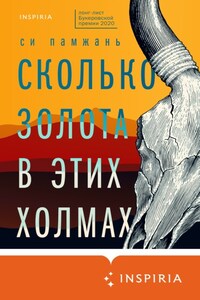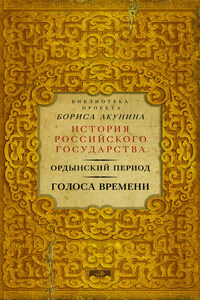COPYRIGHT
William Collins
An imprint of HarperCollinsPublishers
1 London Bridge Street
London SE1 9GF
www.WilliamCollinsBooks.com
This eBook first published in Great Britain by William Collins in 2016
First published in the United States by William Morrow, an imprint of HarperCollinsPublishers, in 2016
Copyright © 2016 by Margot Lee Shetterly
Margot Lee Shetterly asserts the moral right to be identified as the author of this work
A catalogue record for this book is available from the British Library
All rights reserved under International and Pan-American Copyright Conventions. By payment of the required fees, you have been granted the non-exclusive, non-transferable right to access and read the text of this e-book on-screen. No part of this text may be reproduced, transmitted, down-loaded, decompiled, reverse engineered, or stored in or introduced into any information storage and retrieval system, in any form or by any means, whether electronic or mechanical, now known or hereinafter invented, without the express written permission of HarperCollins
Source ISBN: 9780008201289
Ebook Edition © September 2016 ISBN: 9780008201302
Version: 2018-09-26
PROLOGUE
Mrs. Land worked as a computer out at Langley,” my father said, taking a right turn out of the parking lot of First Baptist Church in Hampton, Virginia.
My husband and I visited my parents just after Christmas in 2010, enjoying a few days away from our full-time life and work in Mexico. They squired us around town in their twenty-year-old green minivan, my father driving, my mother in the front passenger seat, Aran and I buckled in behind like siblings. My father, gregarious as always, offered a stream of commentary that shifted fluidly from updates on the friends and neighbors we’d bumped into around town to the weather forecast to elaborate discourses on the physics underlying his latest research as a sixty-six-year-old doctoral student at Hampton University. He enjoyed touring my Maine-born-and-raised husband through our neck of the woods and refreshing my connection with local life and history in the process.
During our time home, I spent afternoons with my mother catching matinees at the local cinema, while Aran tagged along with my father and his friends to Norfolk State University football games. We gorged on fried-fish sandwiches at hole-in-the-wall joints near Buckroe Beach, visited the Hampton University Museum’s Native American art collection, and haunted local antiques shops.
As a callow eighteen-year-old leaving for college, I’d seen my hometown as a mere launching pad for a life in worldlier locales, a place to be from rather than a place to be. But years and miles away from home could never attenuate the city’s hold on my identity, and the more I explored places and people far from Hampton, the more my status as one of its daughters came to mean to me.
That day after church, we spent a long while catching up with the formidable Mrs. Land, who had been one of my favorite Sunday school teachers. Kathaleen Land, a retired NASA mathematician, still lived on her own well into her nineties and never missed a Sunday at church. We said our good-byes to her and clambered into the minivan, off to a family brunch. “A lot of the women around here, black and white, worked as computers,” my father said, glancing at Aran in the rearview mirror but addressing us both. “Kathryn Peddrew, Ophelia Taylor, Sue Wilder,” he said, ticking off a few more names. “And Katherine Johnson, who calculated the launch windows for the first astronauts.”
The narrative triggered memories decades old, of spending a much-treasured day off from school at my father’s office at the National Aeronautics and Space Administration’s Langley Research Center. I rode shotgun in our 1970s Pontiac, my brother, Ben, and sister Lauren in the back as our father drove the twenty minutes from our house, straight over the Virgil I. Grissom Bridge, down Mercury Boulevard, to the road that led to the NASA gate. Daddy flashed his badge, and we sailed through to a campus of perfectly straight parallel streets lined from one end to the other by unremarkable two-story redbrick buildings. Only the giant hypersonic wind tunnel complex—a one-hundred-foot ridged silver sphere presiding over four sixty-foot smooth silver globes—offered visual evidence of the remarkable work occurring on an otherwise ordinary-looking campus.








